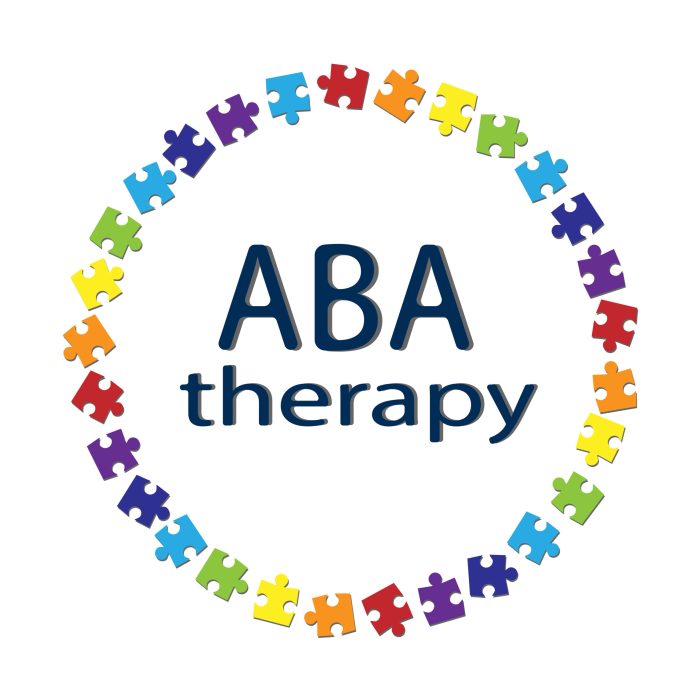An introduction to behavior analysis. – An introduction to behavior analysis delves into the fascinating world of understanding and shaping behavior. This scientific approach provides a comprehensive framework for analyzing and modifying human and animal behaviors, offering valuable insights into our interactions with the environment and each other.
Behavior analysis finds its applications in diverse settings, ranging from clinical interventions for developmental disorders to enhancing performance in educational and organizational environments. By exploring its key concepts, methods, and ethical considerations, we gain a deeper appreciation for the power and potential of behavior analysis in shaping our lives.
1. Definition of Behavior Analysis

Behavior analysis is the scientific study of behavior, with a focus on how environmental factors influence behavior. It is based on the principles of operant conditioning, which states that behavior is shaped by its consequences.
Behavior analysis is used in a variety of settings, including clinical settings, educational settings, and organizational settings. In clinical settings, behavior analysis is used to treat a variety of disorders, such as autism and other developmental disorders. In educational settings, behavior analysis is used to improve academic performance and manage classroom behavior.
In organizational settings, behavior analysis is used to improve employee productivity and safety.
2. Key Concepts in Behavior Analysis: An Introduction To Behavior Analysis.

2.1 Operant Conditioning
Operant conditioning is a type of learning that occurs when a behavior is reinforced or punished. Reinforcement is anything that increases the likelihood of a behavior being repeated, while punishment is anything that decreases the likelihood of a behavior being repeated.
2.2 Reinforcement and Punishment
Reinforcement can be either positive or negative. Positive reinforcement is the addition of something pleasant after a behavior occurs, while negative reinforcement is the removal of something unpleasant after a behavior occurs.
Punishment can also be either positive or negative. Positive punishment is the addition of something unpleasant after a behavior occurs, while negative punishment is the removal of something pleasant after a behavior occurs.
2.3 Extinction and Stimulus Control
Extinction is the gradual decrease in the frequency of a behavior that is no longer reinforced. Stimulus control is the process by which a behavior is controlled by specific environmental cues.
3. Methods of Behavior Analysis
3.1 Observational Methods
Observational methods are used to collect data on behavior. Direct observation involves watching and recording behavior as it occurs. Coding systems are used to categorize and quantify behavior.
3.2 Experimental Methods
Experimental methods are used to test the effects of different variables on behavior. Single-subject designs are used to study behavior in individual participants, while group designs are used to study behavior in groups of participants.
3.3 Technology in Behavior Analysis
Technology is increasingly being used in behavior analysis. Computers and other electronic devices can be used to collect data, analyze data, and deliver interventions.
4. Applications of Behavior Analysis

4.1 Clinical Settings
Behavior analysis is used to treat a variety of disorders in clinical settings. For example, behavior analysis is used to treat autism, developmental disabilities, and behavioral problems.
4.2 Educational Settings
Behavior analysis is used to improve academic performance and manage classroom behavior in educational settings. For example, behavior analysis is used to teach students with disabilities, improve student motivation, and reduce disruptive behavior.
4.3 Organizational Settings, An introduction to behavior analysis.
Behavior analysis is used to improve employee productivity and safety in organizational settings. For example, behavior analysis is used to improve employee training, reduce workplace accidents, and increase customer satisfaction.
5. Ethical Considerations in Behavior Analysis
There are a number of ethical considerations that must be taken into account when conducting behavior analysis research and practice. These considerations include:
- Informed consent
- Participant protection
- The use of aversive techniques
It is important to weigh the potential benefits of behavior analysis against the potential risks when making decisions about whether or not to use behavior analysis interventions.
Popular Questions
What is the fundamental principle of behavior analysis?
Behavior analysis focuses on the objective observation and measurement of observable behavior, emphasizing the role of environmental factors in shaping behavior.
How does operant conditioning influence behavior?
Operant conditioning involves the use of reinforcement and punishment to increase or decrease the likelihood of specific behaviors.
What is the significance of extinction in behavior analysis?
Extinction refers to the gradual weakening and eventual disappearance of a behavior when it is no longer reinforced.

